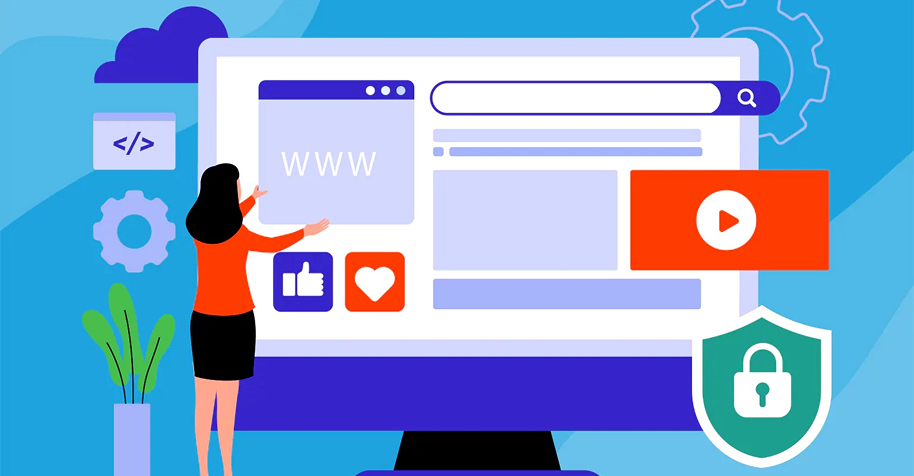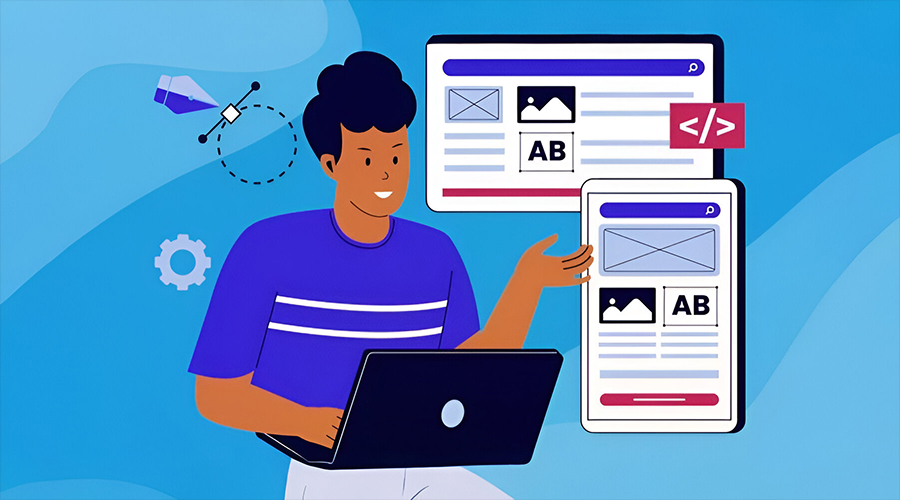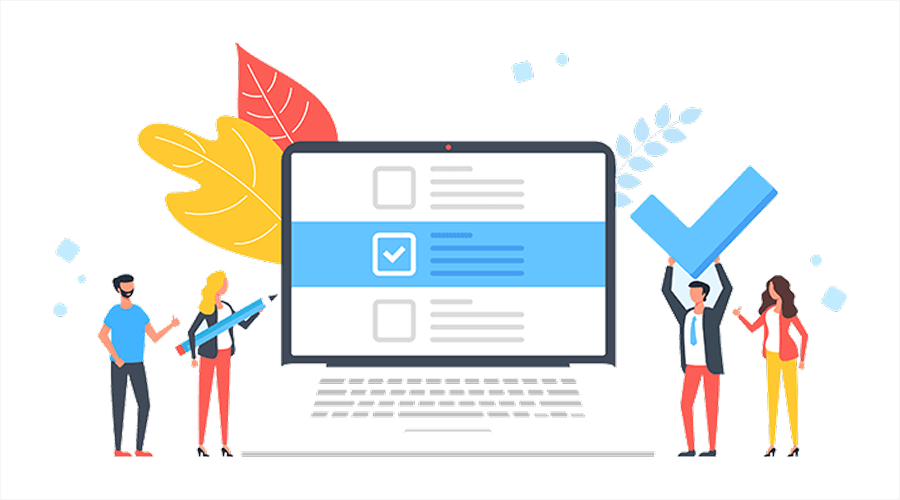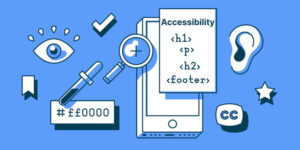
In today’s hyper-connected digital environment, businesses engage customers through websites and other online platforms. Ensuring these digital touchpoints are accessible is essential; inaccessible sites may exclude a significant portion of the target audience.
Web accessibility is the most important imperative for businesses to maintain brand reputation and growth. By making a website accessible, the business ensures that every potential customer can navigate, understand, and interact with its content without barriers.
Understanding web accessibility – basic yet essential for businesses!

Web accessibility refers to designing and developing websites so that people with disabilities – such as visual, auditory, cognitive, neurological, or motor impairments – can use them effectively. It also benefits users with temporary limitations (e.g., a broken arm), situational constraints (e.g., browsing in bright sunlight), or those using alternative devices like screen readers and voice commands.
Accessibility is guided by global standards like the Web Content Accessibility Guidelines (WCAG), which outline principles such as:
- Perceivable: Information and UI components must be presented in ways users can perceive.
- Operable: All navigation and interface elements must be functional via different input methods (e.g., keyboard, touch).
- Understandable: Content and interactions should be easy to comprehend.
- Robust: Websites must work reliably with a variety of assistive technologies.
Why accessibility matters for businesses?
1. Expanding customer base
Around 1.3 billion people worldwide live with some form of disability (WHO data). By ignoring accessibility, a business risks alienating a huge and loyal consumer segment. Accessible websites open their doors to more customers, boosting potential sales and engagement.
2. Legal compliance and risk mitigation
Many countries have made it mandatory to conform with the recommended laws like the ADA, Section 508, the EAA, and many other. Non-compliance can lead to
lawsuits, penalties, and reputational damage. Businesses like Domino’s Pizza have faced legal action for inaccessible websites.
3. Better SEO performance
Accessibility-friendly practices – like providing alt text for images, clear headings, and descriptive links – also improve search engine rankings. Search engines, much like screen readers, rely on structured and descriptive content.
4. Enhanced user experience for all
Accessibility benefits everyone. Features like high-contrast modes, captions, and simplified navigation help not just disabled users, but also mobile users, elderly visitors, and those in low-bandwidth situations.
5. Strengthening brand reputation
An accessible website demonstrates corporate social responsibility, positioning the brand as inclusive, ethical, and customer centric. This positive perception can translate into higher customer loyalty.
How to implement web accessibility in business websites?

1. Conduct an accessibility audit
Use a combination of automated tools (like WAVE, axe, Free Accessibility Checker, or Lighthouse) and manual testing with assistive technologies to identify accessibility gaps.
2. Follow WCAG standards
Implement design and development changes aligned with WCAG 2.1 or higher. For example:
Ensure keyboard navigability for all site functions
Use ARIA labels for better screen reader interpretation.
Maintain sufficient color contrast between text and backgrounds.
3. Optimize multimedia content
Add captions or transcripts for videos.
Provide audio descriptions for visual content.
Ensure interactive elements (e.g., forms, sliders) are operable with a keyboard.
4. Train the teams
Designers, developers, content creators, and marketing teams should understand accessibility best practices so that every update maintains compliance.
5. Offer an accessibility toolbar or widget
Consider adding an accessibility solution that allows users to adjust text size, colors, or reading modes according to their needs – while remembering that toolbars should complement, not replace, accessible design.
6. Regularly monitor and update
Accessibility isn’t a one-time project; it requires ongoing checks, especially when new features, content, or plugins are added to the website.
How can Skynet Technologies help a business to uplift its accessibility status?
Businesses that aim to enhance their accessibility level often find it difficult to pick the right web accessibility partner.
(Read some important pointers to choose the right ADA website compliance vendors.)
Skynet Technologies is a go-to place for many such businesses. They help them expand into various regions with their expertise in web development. Partnering with an industry expert yields several benefits since they assess organization’s current accessibility status, identify existing and potential barriers, and remediate the digital properties.
They also have an accessibility widget named as All in One Accessibility® to implement web accessibility in digital properties. All in One Accessibility® helps businesses to uplift their accessibility status in a few minutes; neither code manipulation nor a learning curve is required to use this widget/tool.
Wrapping up
Web accessibility is not just a technical checkbox – it’s a strategic investment in the brand’s growth, compliance, and customer satisfaction. By ensuring that a business website is accessible, a business sends a clear message: everyone is welcome here.
From unlocking new market opportunities to avoiding costly lawsuits and improving SEO, the benefits far outweigh the effort. In a digital-first economy, accessibility isn’t just good ethics – it’s smart business.






